
Knowing some Brazilian Portuguese (BP) is essential for any capoeirista—every aspect of capoeira uses words, phrases, and idioms from Brazil’s national language. For non-native speakers, this can be a significant hurdle in learning capoeira as well as interacting with teachers and peers. Fortunately, in the digital age, resources for learning BP are abundant and free!
Brazilian Portuguese
First, a little background on the language itself:
- Mostly spoken in Brazil, it is one dialect of…

Megan Livingston, writing for ESPN platform The Undefeated:
Historian Matthias Röhrig Assunção’s book, Capoeira: The History of an Afro-Brazilian Martial Art, describes capoeira as “the black art of the male underdog” and “a model of counter-hegemonic practice.” It doesn’t feel premature to assert that capoeira and Ali have a lot in common.
Later:
Ali is the capoeira of boxing. He is the dununba of the ring; the dance of the strong man in the flesh.
Megan’s piece provides us with a…

Capoeira Brasil NY’s Professora Joy was recently featured in a video by the social media platform GirlGameChanger. Their mission statement from www.girlgamechanger.com:
By creating a platform and community to amplify women’s voices & highlight our assets, we create a universal home to harness change via story. From how to bake a pie, to how to trim a tree, to how to craft your personal narrative, to how to do a headstand, to which coding class would work best for your needs, to…

Curbed.com on The Struggle to Build a Proper Monument to Slavery in Rio, particularly at Rio’s Valongo Wharf:
Built in 1811, the Valongo Wharf in Rio de Janeiro has been buried many times throughout its history. One of the largest slave ports in the Americas, the area served as the entryway for more than half a million Africans held in bondage. It was literally covered up in 1843, when the bride of Brazil’s Portuguese emperor was set to arrive for a grand wedding, and then slowly covered with…

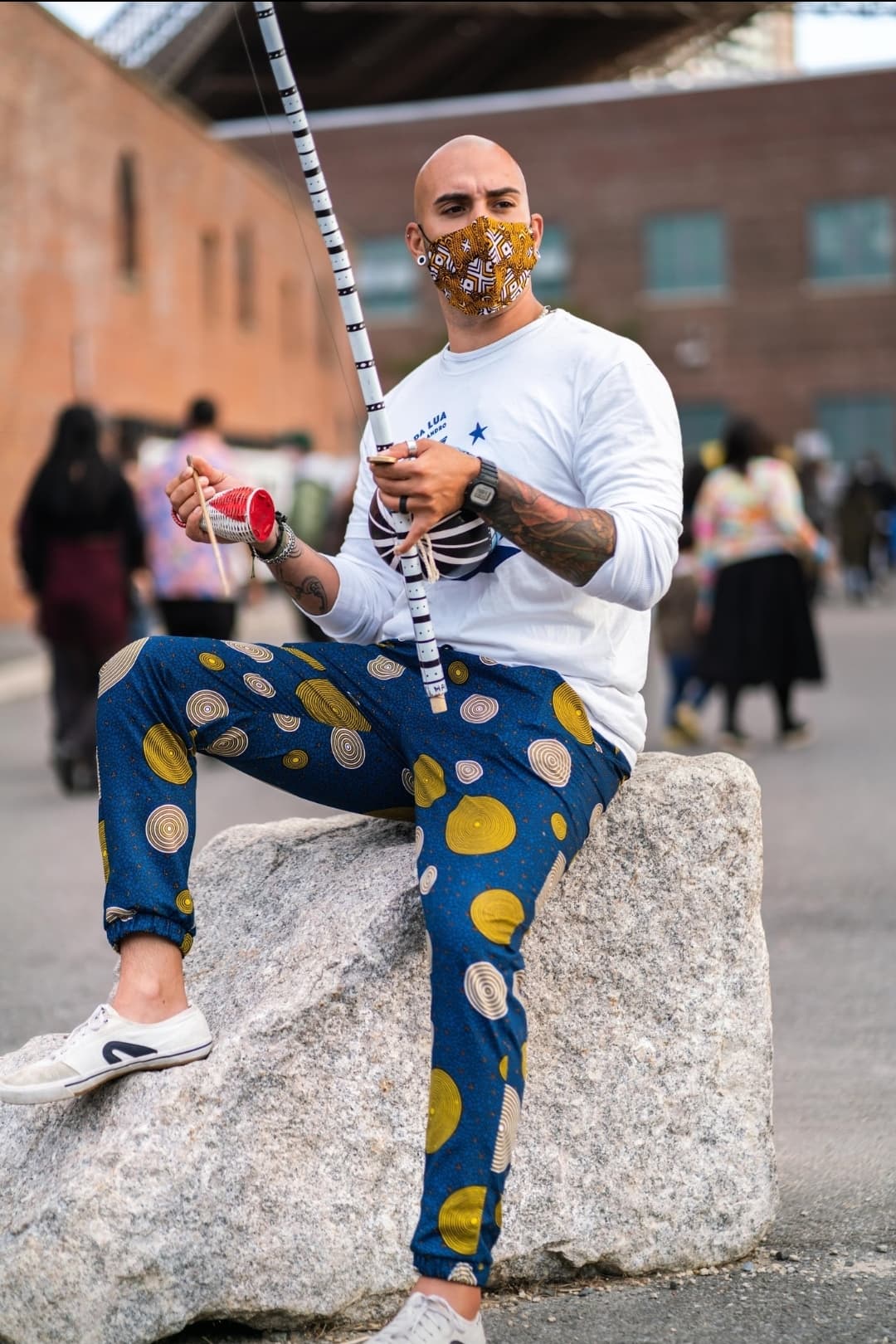
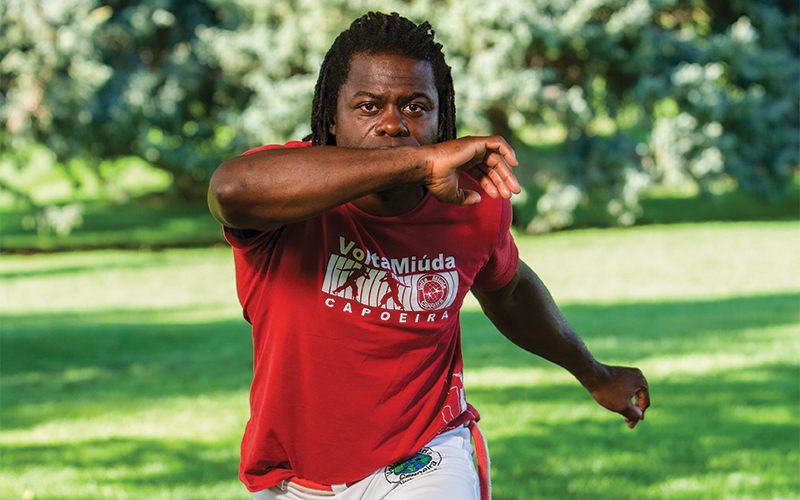
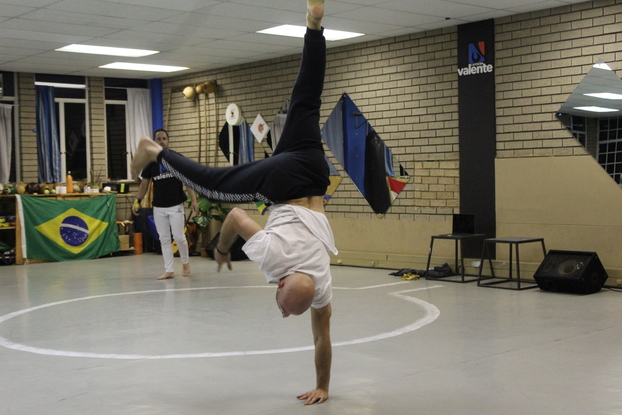
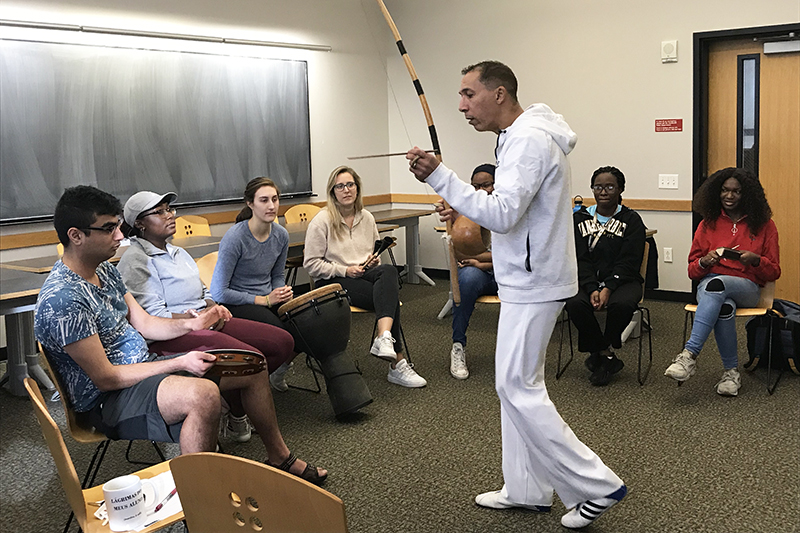
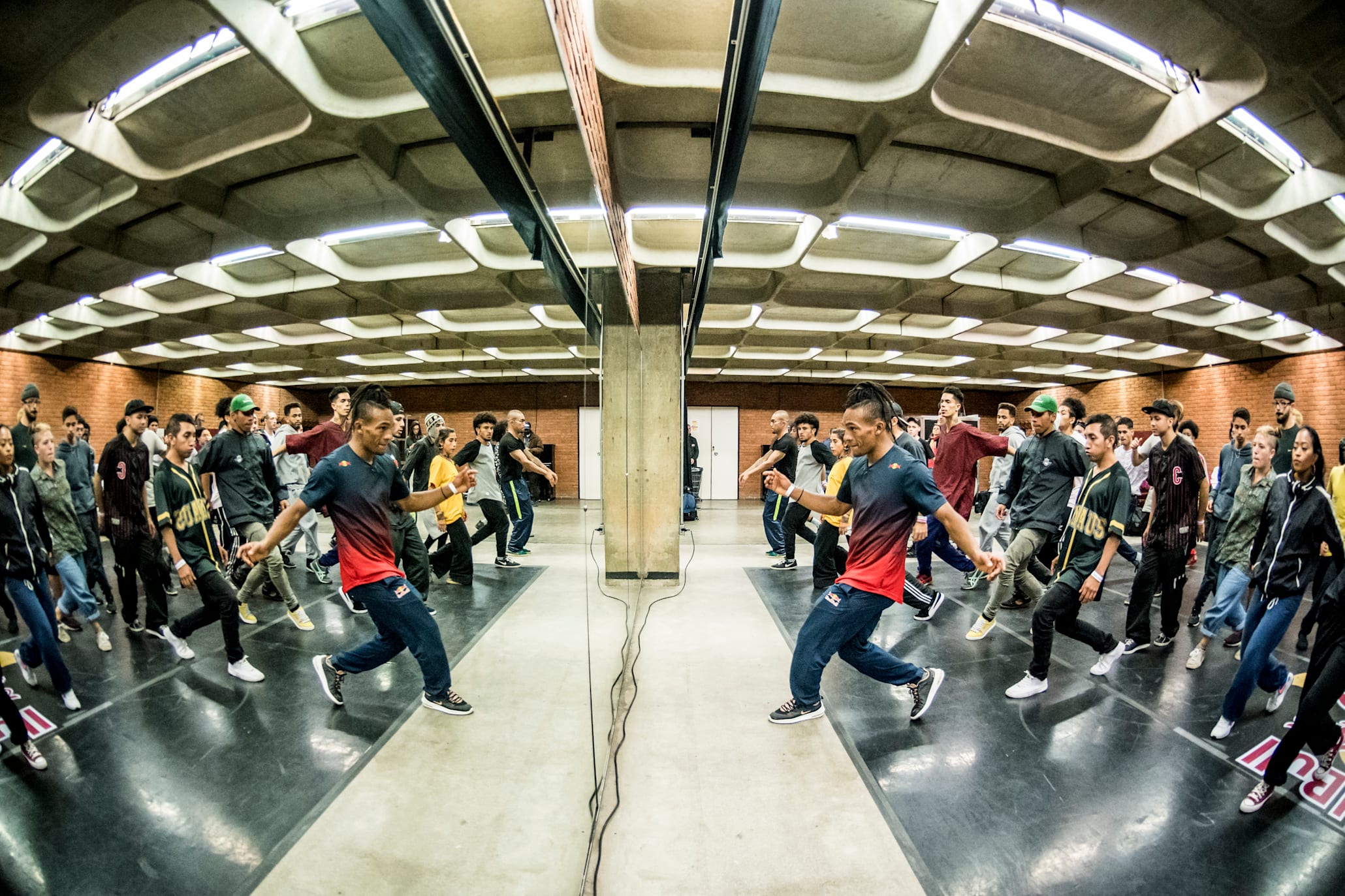

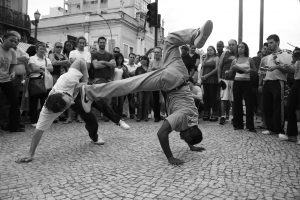



Share this post
Twitter
Google+
Facebook
Reddit
LinkedIn
StumbleUpon
Pinterest
Email